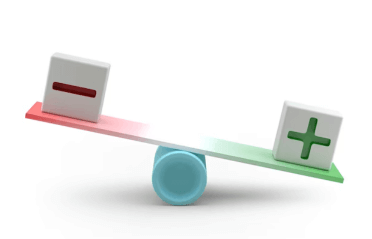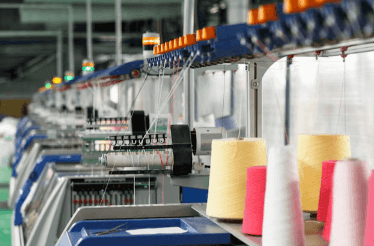Question
a.
No difference from intact DNA pol I replication
b.
Replication will be slower
c.
Replication will be error prone
d.
DNA produced will be shorter
Posted under Cytogenetics
Interact with the Community - Share Your Thoughts
Uncertain About the Answer? Seek Clarification Here.
Understand the Explanation? Include it Here.
Q. In an experiment you use DNA pol I – Klenow fragment. When all other requisites for replication are added, then what will be the effect on the newly replicated DNA? Consider...
Similar Questions
Explore Relevant Multiple Choice Questions (MCQs)
Q. You take a circular ssDNA and to it you attach a small labeled complimentary fragment. You add different reagents and try to get free labeled probe. Which of this reagent will give you your desired result?
View solution
Q. Which of this subunit is not a part of core DNA polymerase?
View solution
Q. Rolling circle mode of replication is ________
View solution
Q. What constitutes Primosome?
View solution
Q. If we mutate the DNA ligase and observe the length of the replicated strands in different time slots after replication initiation, what will we observe?
View solution
Q. If we mutate the DNA ligase and observe the length of the replicated strands in different time slots after replication initiation, what will we observe?
View solution
Q. DNA replication in the two strands proceed in opposite direction as they are aligned oppositely with respect to 3’ and 5’ ends
( 5’——————————-3’
3’——————————-5’).
In this context which of the following is true.
View solution
Q. In case of eukaryotes replication initiates at ________
View solution
Q. Here are names of some factors necessary for prokaryotic replication. Which of these or their homologue is unnecessary for eukaryotes?
View solution
Q. You wanted to find out the importance of the DNA polymerases. So, you mutated the polymerases one by one and checked for survival. In which of these mutant cases will you see least survival rate?
View solution
Q. You design a circular ssDNA with a labeled RNA primer (alpha-P³² labeling). You add polymerase epsilon and required enzymes for replication to the fragment. What will you expect to see on autoradiography after gel electrophoresis?
View solution
Q. You design a plasmid with a gene for Histidine synthesis and a fragment containing ARS. You introduce it yeast culture and try to grow then in Histidine deficit media. What will be your observation?
View solution
Q. Deletion of which domain of ARS would give the least replication rate in eukaryotes?
View solution
Q. Which subunit in MCM is not phosphorylated in MCM after initiation is triggered?
View solution
Q. You are given a DNA fragment with a CBD lesion. Which polymerase(s) will you use to replicate this fragment without taking care of the error?
View solution
Q. We know that Beta clamp in bacteria has two subunits and takes the shape of a ring. Which of this will be characteristic of PCNA which is a beta clamp homologue for eukaryotes?
View solution
Q. What is the function of RFC in eukaryotic replication?
View solution
Q. Cyclin-CDK complex (here considering S cyclin) when active is responsible for phosphorylating several proteins and this often marks then for destruction by ubiquitination. What would be its effect on Cdt activity?
View solution
Q. Which of these would you use as a competitive inhibitor for Cdt?
View solution
Q. What is the fate of phosphorylated Cdc 6?
View solution
Recommended Subjects
Are you eager to expand your knowledge beyond Cytogenetics? We've handpicked a range of related categories that you might find intriguing.
Click on the categories below to discover a wealth of MCQs and enrich your understanding of various subjects. Happy exploring!








